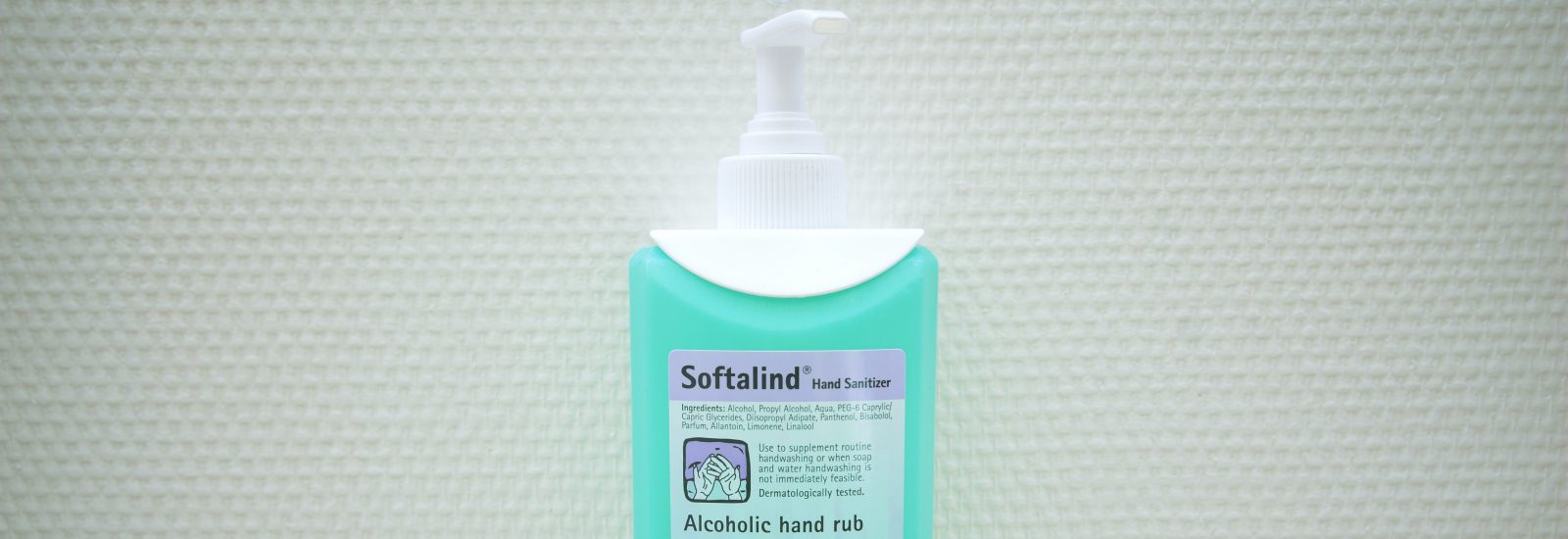Case Studies
Glass Fabric offers low maintenance care for Chichester’s new head injuries unit
A new head injuries unit built with sustainability and low maintenance in mind is set to save the NHS thousands of pounds in running costs – and lead the fight against super-bugs – after its walls were covered in glass.
Every interior wall within Donald Wilson Neurological Rehabilitation Centre, a £1.8m project newly opened at St Richard’s Hospital, Chichester, has been decorated with a woven glass textile available from The Glass Fabric Company.
The unit was built by the hospital’s owners, the Royal West Sussex NHS Trust, to replace the current, and ageing, Donald Wilson House.
As well as vastly improved facilities which provides in and out-patient care for 65 people, the centre has a sedum roof and a solar-powered hot water back-up system.
Inside, its walls have been covered with Aqua Plus Pigment and Phantasy Plus glass textile wall coverings. These fit the centre’s ethos, because the glass yarn is made using natural quartz sand and they have an Oeko Tex Standard 100 rating – signifying that no harmful chemicals were used in their manufacture.
Crucially, they are also able to play a major part in combating hospital infections such as C-Diff and MRSA, because they combine an attractive textured appearance with a host of other properties, including durability.
St Richards already uses glass wall coverings in its main hospital wards and corridors and it is one of the first hospitals in the UK to have implemented their use. Following success elsewhere, St Richards’ Development Officer, Michael Wadey, had no hesitation in deciding that they should be used in Donald Wilson Neurological Rehabilitation Centre as well.
“We are very happy with the glass wall covering in the main hospital and we believe that it is the best available option for Donald Wilson Neurological Rehabilitation Centre,” he said.
“One of the major benefits is that it is much more resistant to scrapes and bangs than the normal paint and plaster we used before.
“Beds and trolleys seem to have a life of their own when they are being pushed around, so we need something that will protect the walls both in the short and long term.”
The centre consists of 12 bed spaces – in three three-bed bays and three private rooms – shower rooms, a rehabilitation gym, a TV area, dining room, a staff area and a reception. Upstairs, there are up 12 offices linked by a corridor.
It cares for people recovering from strokes, accidents and neurological surgery, providing somewhere they can work on restoring their motor skills, such as walking, climbing steps and lifting. It is a busy unit, with plenty of traffic – be it people, beds, trolleys, laundry cages or wheelchairs moving to and fro.
Naturally it is a pristine environment which helps to reinforce a philosophy of care for the patients, but by using its integral tensile strength to protect the walls, the covering will also help to reduce infections.
This is because not only do scuffed and gouged- out walls look unattractive, exposed plaster offers a breeding ground for the microbes which cause post-operative infections.
Also, because the material does not shrink to leave gaps between the sheets like normal wallpaper does, there are no noticeable joints for bacteria to exploit – and Biosan paint makes sure every inch is properly sealed.
Glass is also inorganic, so it will not support breeding germs, which gives it an advantage over tiles, where the grouted joints are perfect breeding grounds because of their organic starch content.
What is more, when applied with suitable adhesive, the glass fabric strengthens the plasterwork it is pasted onto, so no cracks will appear in the walls. This denies the bacteria yet another place in which to grow – and further preserves the walls’ and the centre’s appearance.
“The glass also compliments our deep-clean regime as well,” Michael added, “because it is able to withstand the robust cleaning and disinfecting without suffering any damage.”
Glass wall coverings are used widely in hospitals in Europe, and have been proven to last for 20 years with only a coat of paint to refresh their appearance.
In tests carried out at the University Hospital in Heidelberg, Germany – 95 per cent of German hospitals use glass fabrics – all germs sprayed onto a glass fabric covered in an appropriate coating died within 48 hours.
The material is so trusted that it is even used in operating theatres instead of tiles on mainland Europe, but while in the UK it is early days, at St Richard’s they are leading the way.
Michael added: “We have been extremely pleased with how the wall covering has performed in the rest of the hospital and will enable us to make considerable cost savings on routine wall maintenance there and in the new Donald Wilson Neurological Rehabilitation Centre.
“The unit represents a significant investment for the Trust and it has been designed to be light, airy and attractive. We are pleased that it features innovations such as the solar power facility and the sedum roof, but believe that the wall covering will also prove vital to its success.”

